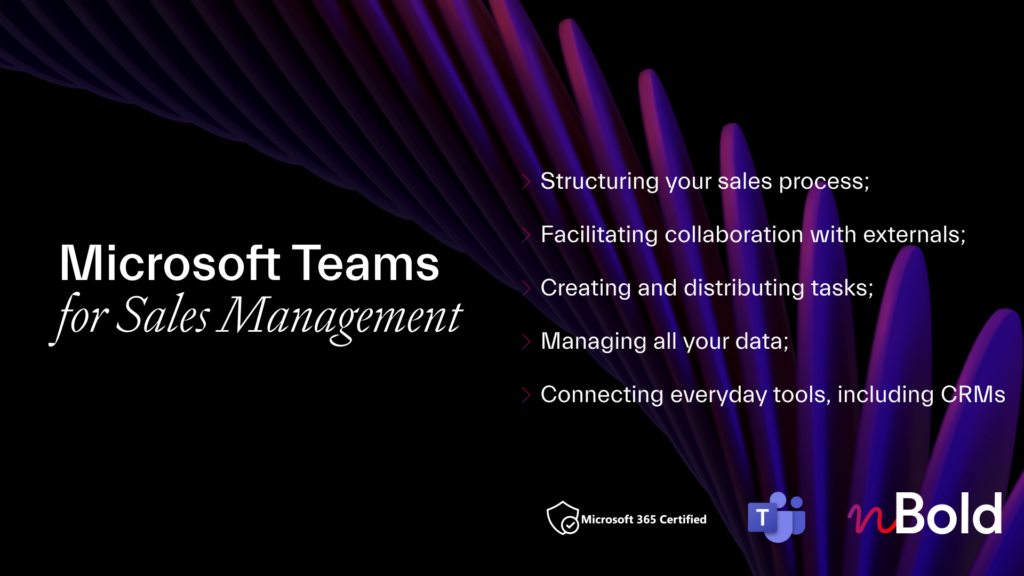If your sales organization is inundated with productivity issues, you are not alone. Sales productivity is one of the biggest challenges for nearly 65% of B2B enterprises.
These organizations have fast-paced environments, making it hard for sales staff to do everything that needs to be done. This compromises their productivity as they constantly try to squeeze some more work into their day.
Sales organizations are only good at achieving their goals when they place efficiency above all else.
Prioritizing sales efficiency helps…
- Make more cold calls
- Make your best leads happy
- Close deals
- Enhance the conversion rate
- Improve your bottom line
- Enjoy a thriving business
Sales productivity should be the ultimate goal because it measures how your enterprise uses resources to achieve goals while reducing the time and expenses needed.

How to boost sales productivity?
With the wave of work-from-home opportunities brought on by COVID-19, technological advancements have gone from being a product meant only for niche largescale businesses. Now digital collaboration platforms are a necessity for all sales teams. These are formidable tools because they offer multilayered security, allowing users to consolidate their sales processes, employees, and customers.
You can also create a digital sales deal room to connect different units of your sales team, including marketers, legal representatives, and product developers. And at the same time provide them with a framework and all the required tools and data. This helps your teams collaborate on deals more efficiently and consequently close them faster.
Leverage automation in your sales process
During a standard workday, sales reps only focus on marketing for around one-third of their time. They spend the rest on mundane tasks that don’t add value (or revenue) to the overall sales cycle.
Why not leverage technology to your benefit? Empower your sales teams to perform their jobs more competently by deploying automated software that takes care of monotonous to-dos. Embracing automation is an excellent way to simplify your sales team’s workflow and eradicate redundant tasks.
Saving time from redundant tasks will allow them to focus more on activities that augment sales efficiency.
Boosting your sales productivity is crucial for you and your sales team to focus on; it doesn’t happen overnight. Identify how the marketing and sales team collaborate, find platforms that don’t help the sales team, and prioritize coaching cadences to empower your teams.
Always monitor strategies, practices, and tools to gauge if they help your team close more deals. If not, you have a beginning point to optimize the overall process and implement a more effective solution.

White Paper: Microsoft Teams for Sales Management
- How to use Microsoft Teams for Sales Management
- Create Teams templates for your sales processes
- How to connect Salesforce with Microsoft Teams
Sales insights and data management
Highly productive sales representatives close more deals. That makes sales productivity a vital consideration for any sales enablement leader who wants to improve your team’s revenue-driving capabilities. With data-informed and backed insights, you can recognize why representatives are struggling and implement the right tactics to help.
Check some of the following statistics uncovered by Sales Enablement analytics:
- 21% of companies track time spent searching for content
- Companies that track time spent on selling-related activities report win rates that are 4% more than those that don’t
- 23% of companies follow time spent on data entry manually
There are three types of sales metrics when it comes to productivity: performance, efficiency, and effectiveness. These insights provide a detailed view of how your salespeople use their time and if those activities generate revenue.
Leverage these insights to recognize opportunities to augment sales effectiveness, such as refreshing sales performance or modernizing your value framework. Then, introduce training sessions to remediate issues. If your conversion rates increase, you know if your efforts have had an impact or not. Else you can tweak the strategy even further.

Sales training and onboarding
Sales, these days, are heavily dependent on the lead’s journey. Thus, your sales reps must become adept at learning buyer behavior patterns.
This is not only done through formal training but also informal training— namely, learning from their peers.
Trial and error is barely a viable way to increase productivity. Yet if there is no training, that is precisely what sales representatives are compelled to do. If augmenting productivity is your top priority, it is vital that you invest in sales training.
To do this, consider particular actions you want your sales reps to implement. Additionally, make sure that you are enabling agents with the practice, guidance, and context they need to put these activities into play efficiently.
Apart from training your sales reps, ensure to train your sales managers on how to prepare and reinforce those conducts. This also ensures that your sales representatives know precisely which actions and when to take them. This allows them to make the most of how they leverage their time and what impact their actions drive.
Also, take adequate time to map out what you want to accomplish from your sales reps’ training efforts. This leads to better accountability, ensuring your efforts to boost productivity actually follow through.
Simplify your workflow
About half of the sales personnel say that they spend around 20 hours per week on manual processes. Such as reporting sales, leads, and other activities that are imperative to closing deals, as per a Spotio study. Some people spend half of their time just reporting actual selling time!
Therefore, it is pivotal to eradicate as much manual funnel and lead management as possible. Also, add more checkpoints instead of detailed answers to automated systems.
When you want to improve your sales techniques and drive productivity, it is essential to reinforce your business development and lead management practices consistently. It is vital to check for any inconsistent sales processes and strategies. That way, your sales personnel don’t get trapped in a continuous state of modification and learning novel techniques rather than mastering one.
It would be best to ensure that every stage of your sales process is well-defined to boost sales productivity.
Comprehensive strategies to increase sales can also help you find any hindrances in the sales cycle and eliminate them. Also, you should provide appropriate guidelines and documentation to support the sales team in overcoming any difficulties during selling.
Align Marketing and Sales on shared goals
Marketing and sales alignment is the cornerstone of sales effectiveness and productivity.
When your marketing and sales are aligned, quota achievement, win rates, and growth improves. The key is to establish collective goals.
To boost productivity, marketing and sales teams need to share a similar vision for goals and how to achieve them. While individual salespeople may have specific goals, collective goals can help everyone operate and perform their jobs more effectively.
But what does it mean for marketing and sales teams to be in configuration? Marketing and sales alignment is built on the comprehension that the teams have collective goals they need to accomplish to best serve the clientele.
This alignment between your marketing and sales departments can make your group better (67%) at closing deals. Having siloed teams that work towards entirely different goals is the most straightforward way to decrease sales productivity.
Teams collaborating and connecting to build seamless customer journeys can enhance productivity by executing regimented processes. When sales marketers create content for every buyer journey stage, sales representatives can share the resonating content at the appropriate time to keep their deals moving forward.
Which tools can help you drive sales productivity?
Here are some vital tools and platforms for a powerful sales tech stack.
- Business Analytics and Business Intelligence
- Customer Relationship Management
- Sales Enablement
- Sales Readiness
- Sales Engagement
- Collaboration tools
You can opt for Microsoft Teams and Salesforce as reliable platforms to help boost your sales productivity and create efficient processes. To bridge the information and collaboration gap between the users of the two, you may choose nBold Collaboration Technology. It will help you drive better sales results from these platforms and ensure greater sales productivity.
The robust tools can supercharge your team’s productivity by boosting alignment and automating or eradicating manual tasks. Ultimately, helping you deliver a streamlined workflow that modern sales necessitate.
Learn more about Salesforce and Microsoft Teams integration.
Investing in novel and cutting-edge sales technology can help ensure that the new deployed tools integrate with your CRM. As this is where the majority of salespeople work, robust integrations are essential for a seamless process and to eliminate additional steps to sales workflows.
Sales productivity relies heavily on automation and digitization, and the tools we mentioned put it within your reach. Ensure a steady influx of potential customers by giving your teams the resources they need to achieve their goals.
This is where nBold comes in. It helps you connect all the tools you use into a single place ensuring smooth information flow, establish a framework that all the team members will follow, and structure your collaboration space making the most of our sales processes and skyrocketing your sales revenue.
Contact our team in order to learn more about how our solution can boost your sales.
